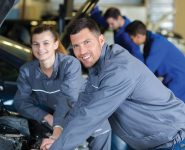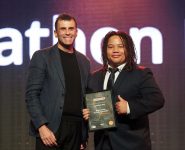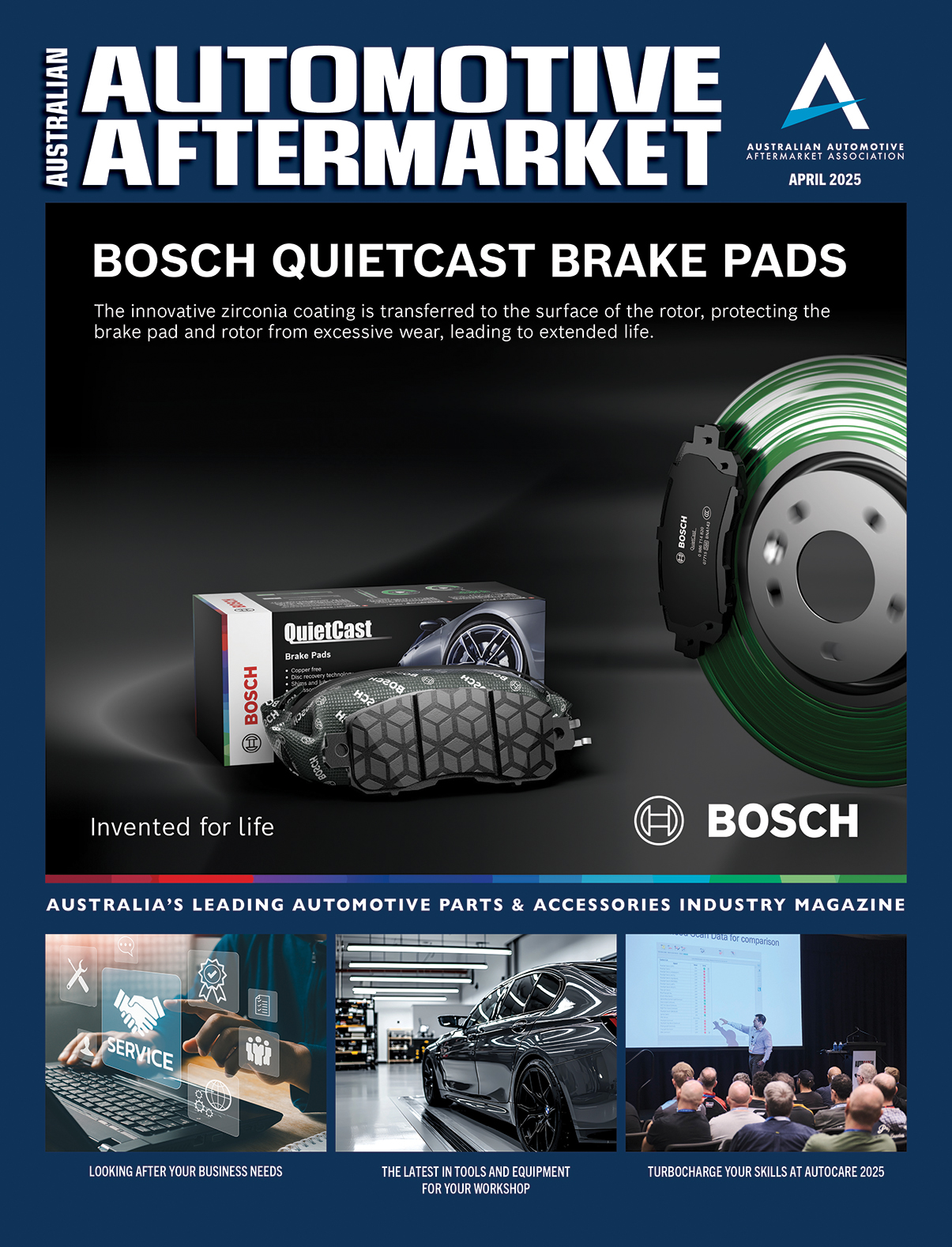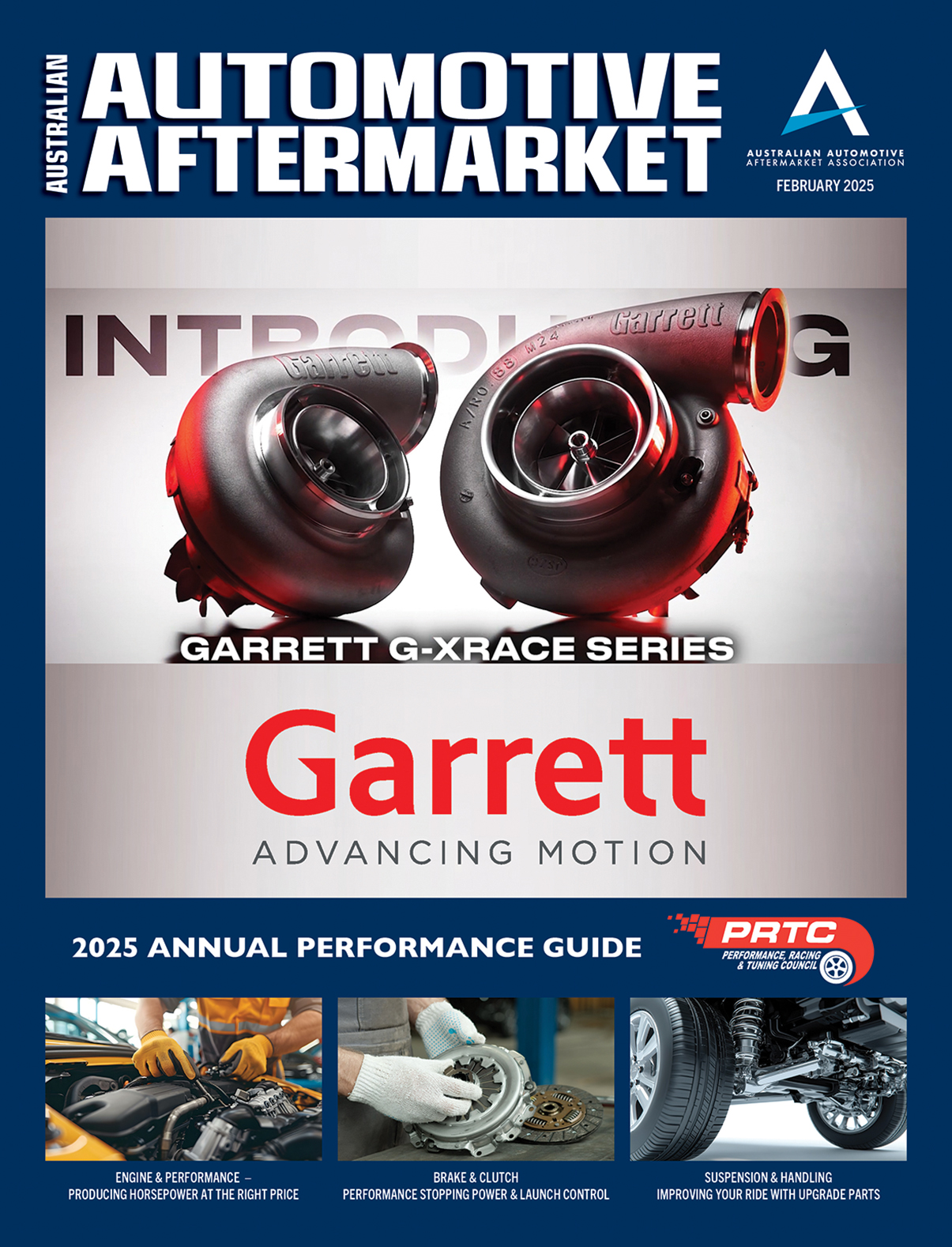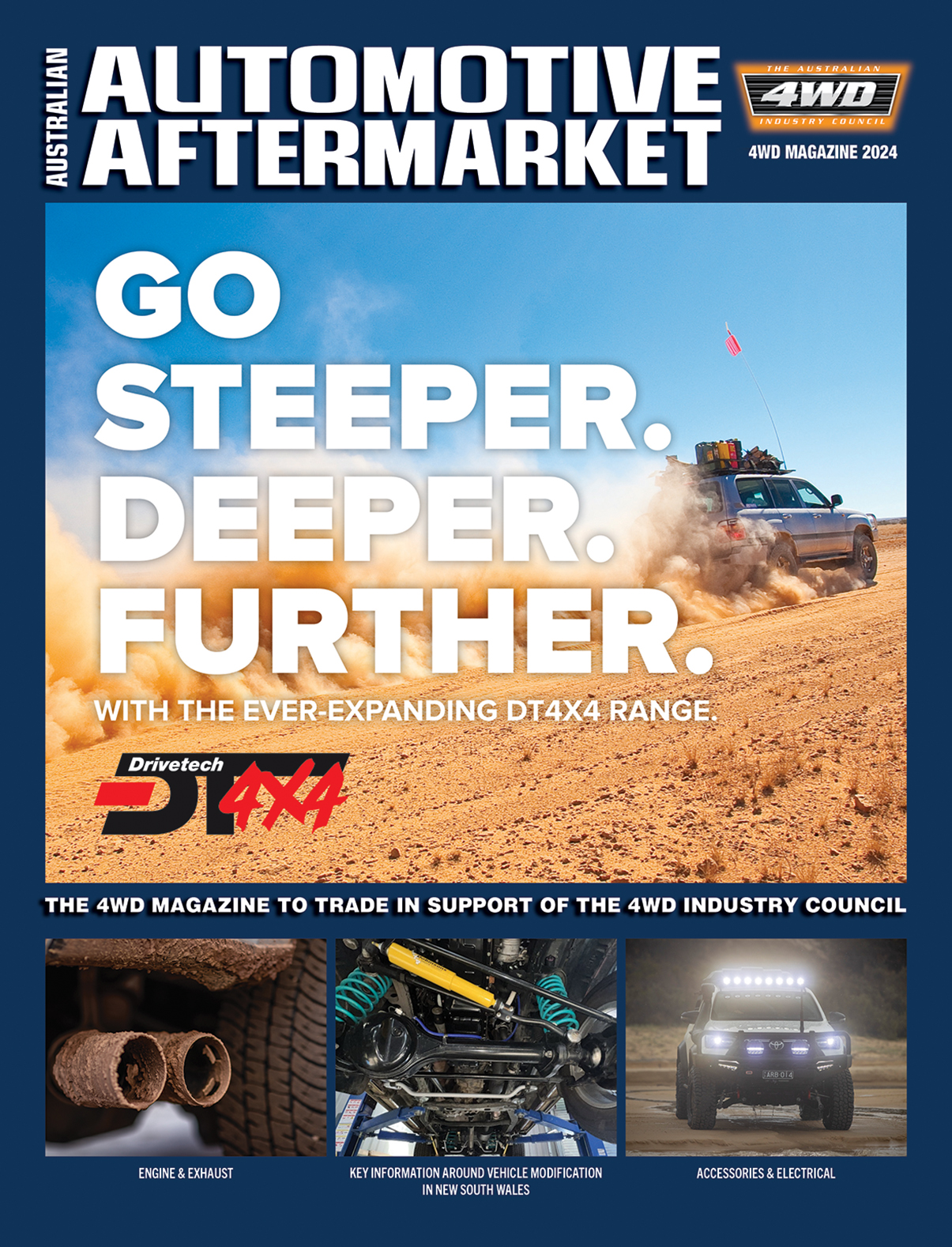RESEARCH REVEALS KNOWLEDGE GAP IN YOUNG PEOPLE’S UNDERSTANDING OF AUTOMOTIVE CAREERS
As part of the research, high school students, career starters aged 17 to 25, and current automotive industry workers were surveyed
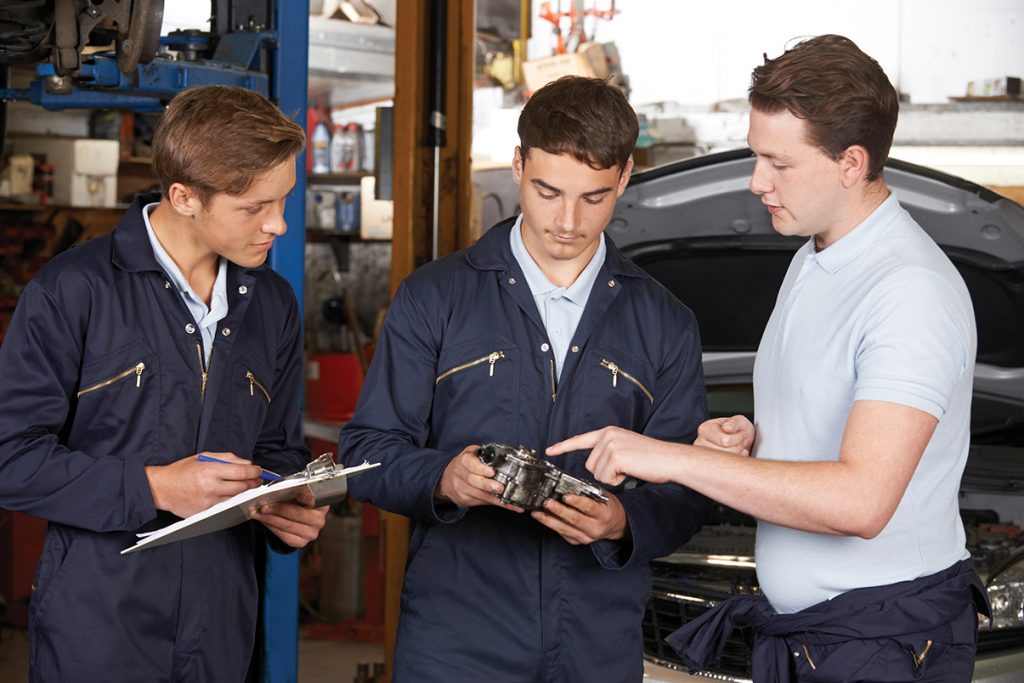
A national survey has found almost two-thirds (61 percent) of high school students and almost half (47 percent) of career starters aged 17 to 25 are unaware of the potential careers available in the automotive industry, underscoring the critical need for enhanced outreach and engagement efforts aimed at these groups.
The Perceptions of Automotive – Market Research Project, developed by Fifth Quadrant on behalf of the Mining and Automotive Skills Alliance (AUSMASA), aimed to better understand current perceptions of the automotive industry and how to encourage more young Australians to pursue career opportunities in automotive.
AUSMASA Chief Executive, Dr Gavin Lind, said the research was undertaken to assist the broader industry to address workforce challenges and skills shortages.
“This research examines the perceptions of automotive careers, the barriers to attracting, engaging, and retaining a skilled and diverse workforce, and highlights opportunities for enhancing workforce sustainability,” Dr Lind said.
“The research has provided informed insights into how we can promote the automotive industry as a viable and exciting career choice to young people, including Generation Z, females, First Nations individuals, and people with disabilities.
“The findings reveal opportunities for the industry to engage and retain young talent by addressing knowledge gaps around what it’s like to work in the automotive sector.”
Automotive industry bodies, training providers, employers, current workforce, career advisors and advocacy groups were also interviewed to draw together insights on how best to attract and retain automotive tradespeople.
The research highlighted three key areas needing targeted action – attraction, engagement, and continued support.
• Attraction barriers: outdated perceptions of the industry as low-tech, male-dominated, and physically demanding deter diverse talent, including women, Indigenous Australians, and individuals with disabilities. Limited awareness of career pathways and hands-on learning opportunities further restrict entry.
• Engagement challenges: mismatched expectations and limited exposure to emerging technologies hinder engagement. A lack of structured support and mentorship exacerbates these issues.
• Retention issues: the absence of clear career progression, limited professional development, and financial constraints in smaller workshops contribute to high attrition rates, particularly among apprentices and skilled workers.
“By addressing barriers to entry, enhancing the industry’s image, and promoting inclusivity, the Australian automotive industry has the potential to attract a new generation of skilled workers who can drive the sector forward,” Dr Lind said.
“Key to achieving this will be the delivery of more structured, informative, and consistent communication about automotive career paths, engaging with young people throughout high school and beyond.”
Australian Automotive Aftermarket Association (AAAA) Director of Government Relations and Advocacy, Lesley Yates, commended AUSMASA on undertaking this research project.
“Well done to AUSMASA for commissioning this important research,” Lesley said.
“The findings provide valuable intel for all of us working to promote the automotive industry as an exciting and rewarding career path.
“The results are consistent with AAAA’s own research, which shows high levels of job satisfaction among apprentices and highlights the positive experiences of women working in the industry.
“This kind of data is vital – not just for attracting the next generation, but for retaining them. And it reminds all of us who care about the future of our industry that diversity is the key.
“We need to broaden our view of what an ‘automotive employee’ looks like. There are fantastic career opportunities in our industry – especially for women – and this research can help us open the door wider.”
To view the research findings, visit www.ausmasa.org.au


